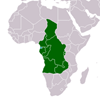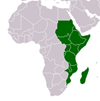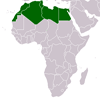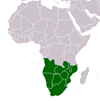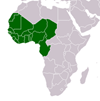Amnesty International? The nature, scale and impact of capital flight from South Africa
Amnesty International? The nature, scale and impact of capital flight from South Africa
The South African Reserve Bank (SARB) announced in July 2010 its intention to introduce a new amnesty for illegal capital flight. For a flat rate fee of 10 per cent of the value of the assets, corporations and individuals disclosing their illegal expatriation of capital prior to February 2010 would receive no further penalties and be allowed to keep their assets offshore under the 'Voluntary Disclosure Programme' (VDP). SARB sees this as a first step towards the complete liberalisation of outflows. Such capital flight is not new but it has worsened significantly since the defeat of apartheid. As a percentage of GDP, it increased from an average of 5.4 per cent per year between 1980 and 1993 to 9.2 per cent between 1994 and 2000, and averaged 12 per cent between 2001 and 2007, finally peaking at a staggering 20 per cent in 2007. The vast majority of (illegal) capital flight arises out of transfer pricing by conglomerates, especially in and around mining, and forms part and parcel of a more general adjustment of such conglomerates to the imperatives of financialisation and globalisation in the wake of an apartheid backlog.
CITATION: Ashman, Sam; Fine, Ben; Newman, Susan. Amnesty International? The nature, scale and impact of capital flight from South Africa . : Taylor & Francis , 2011. Journal of Southern African Studies, vol. 37, No. 1, March 2011, pp. 7-25 - Available at: https://library.au.int/amnesty-international-nature-scale-and-impact-capital-flight-south-africa-3

